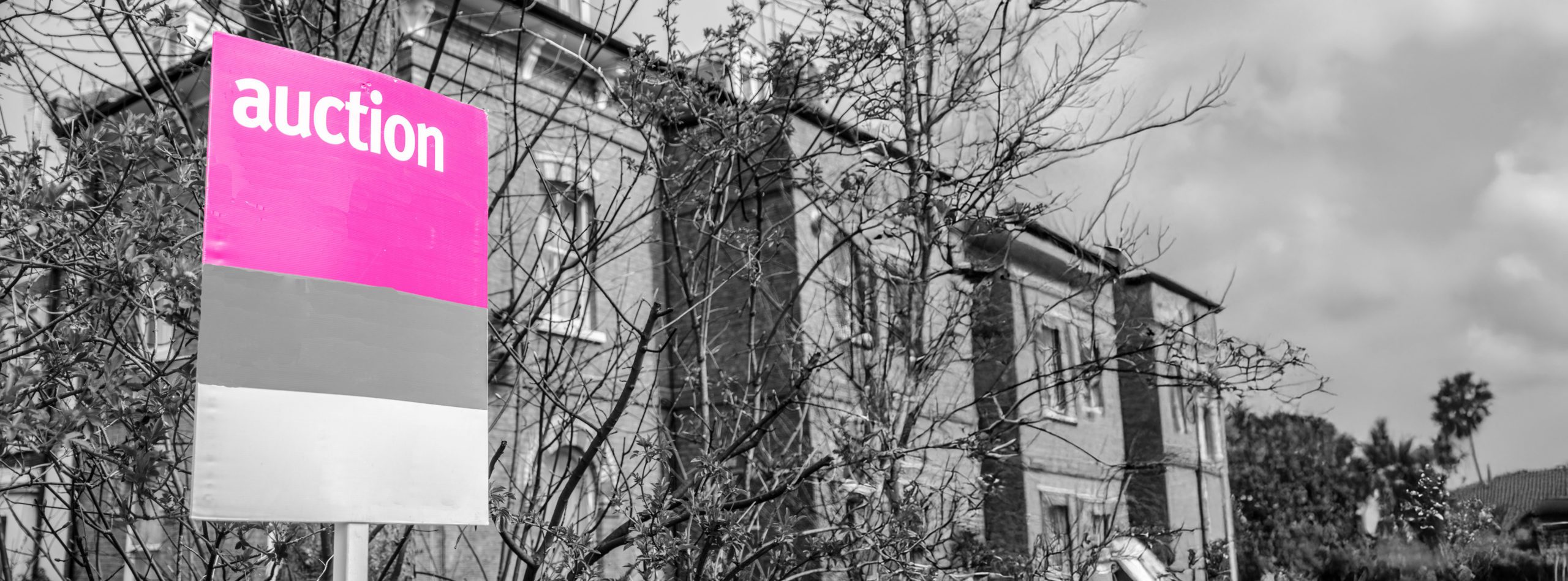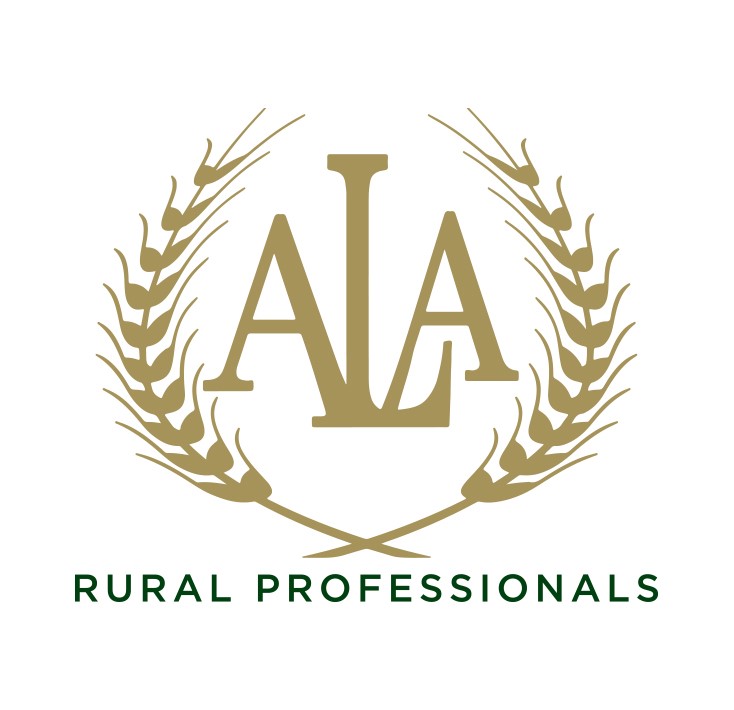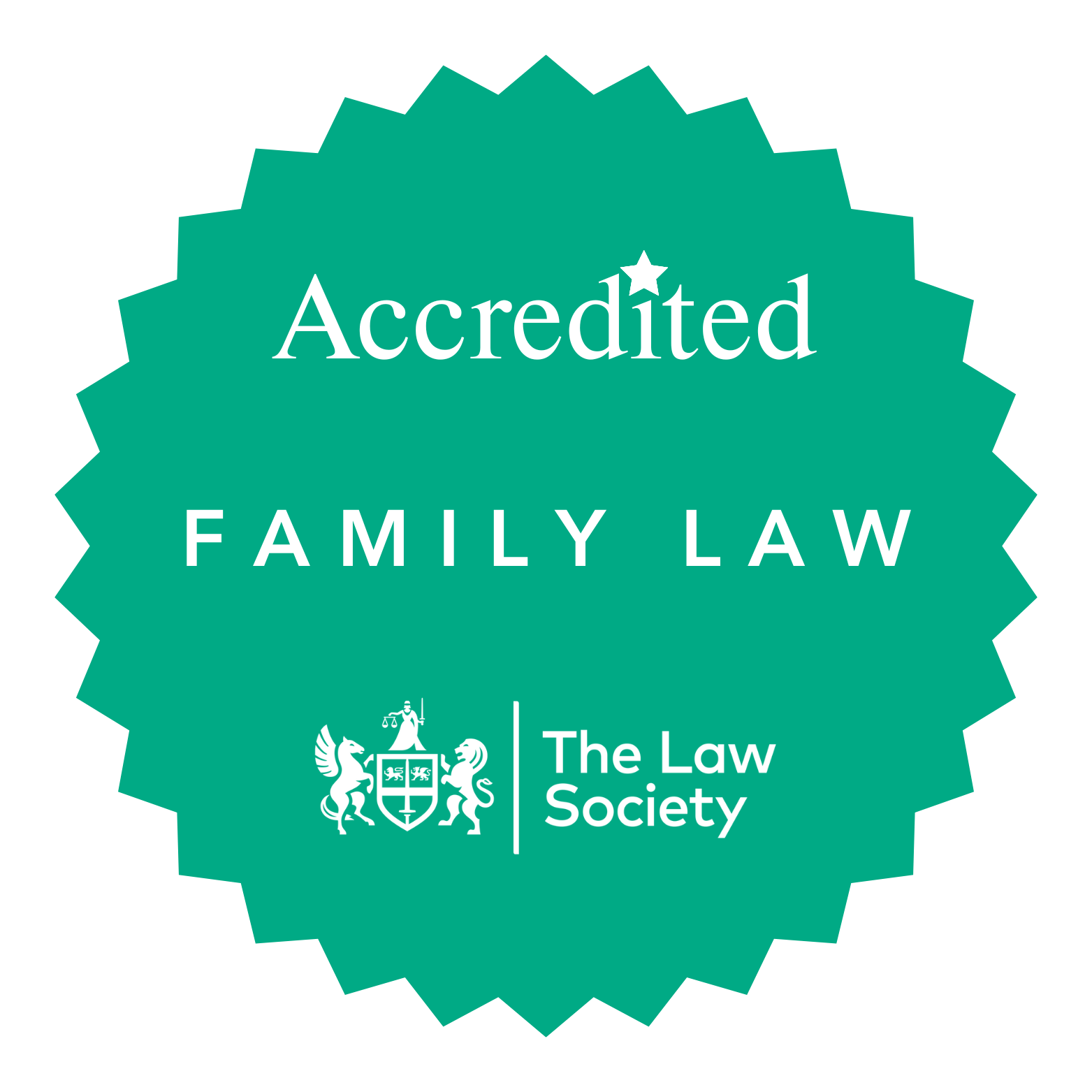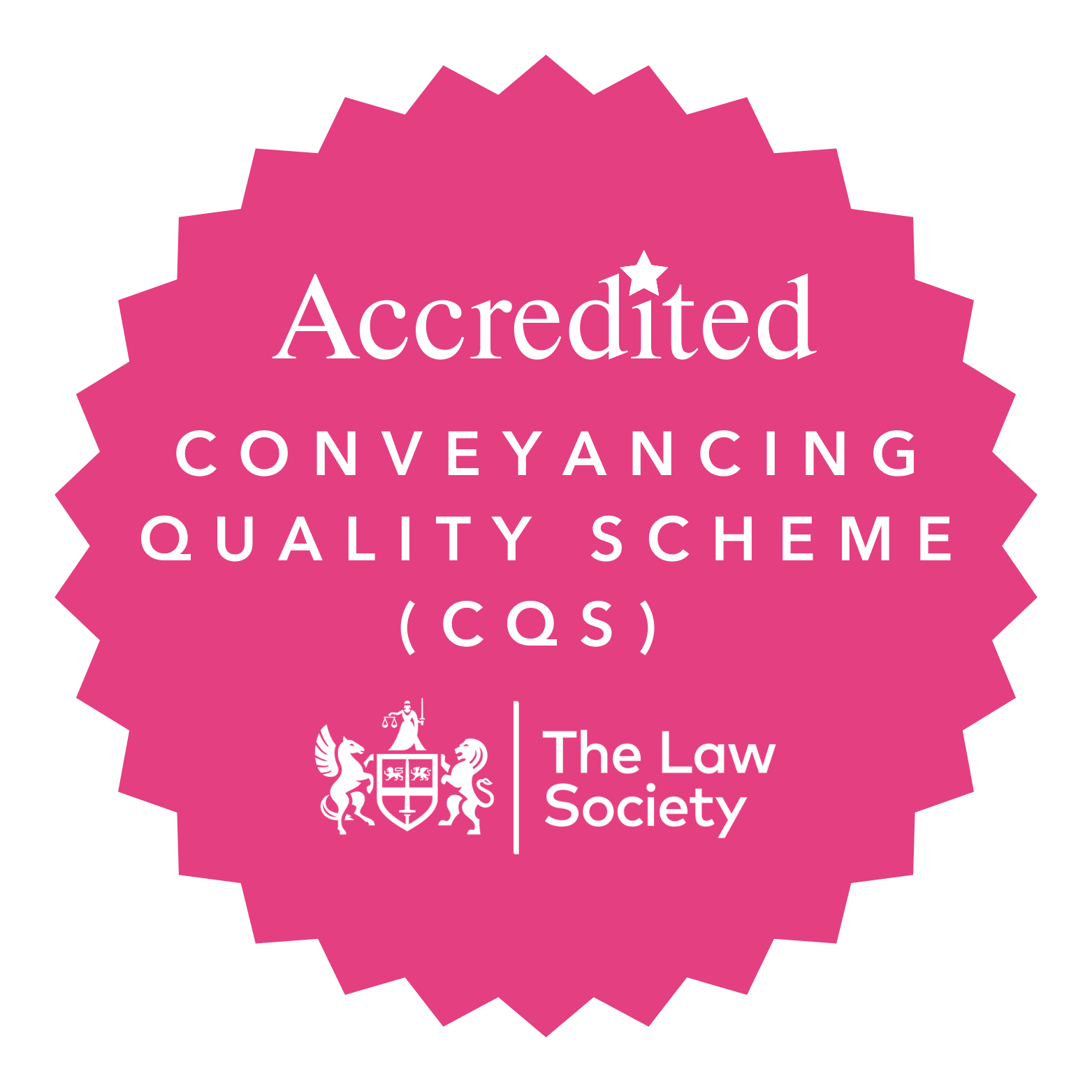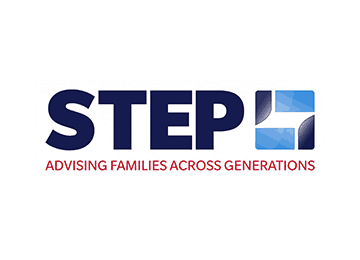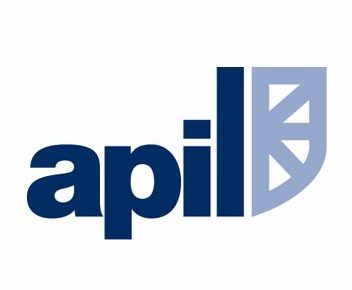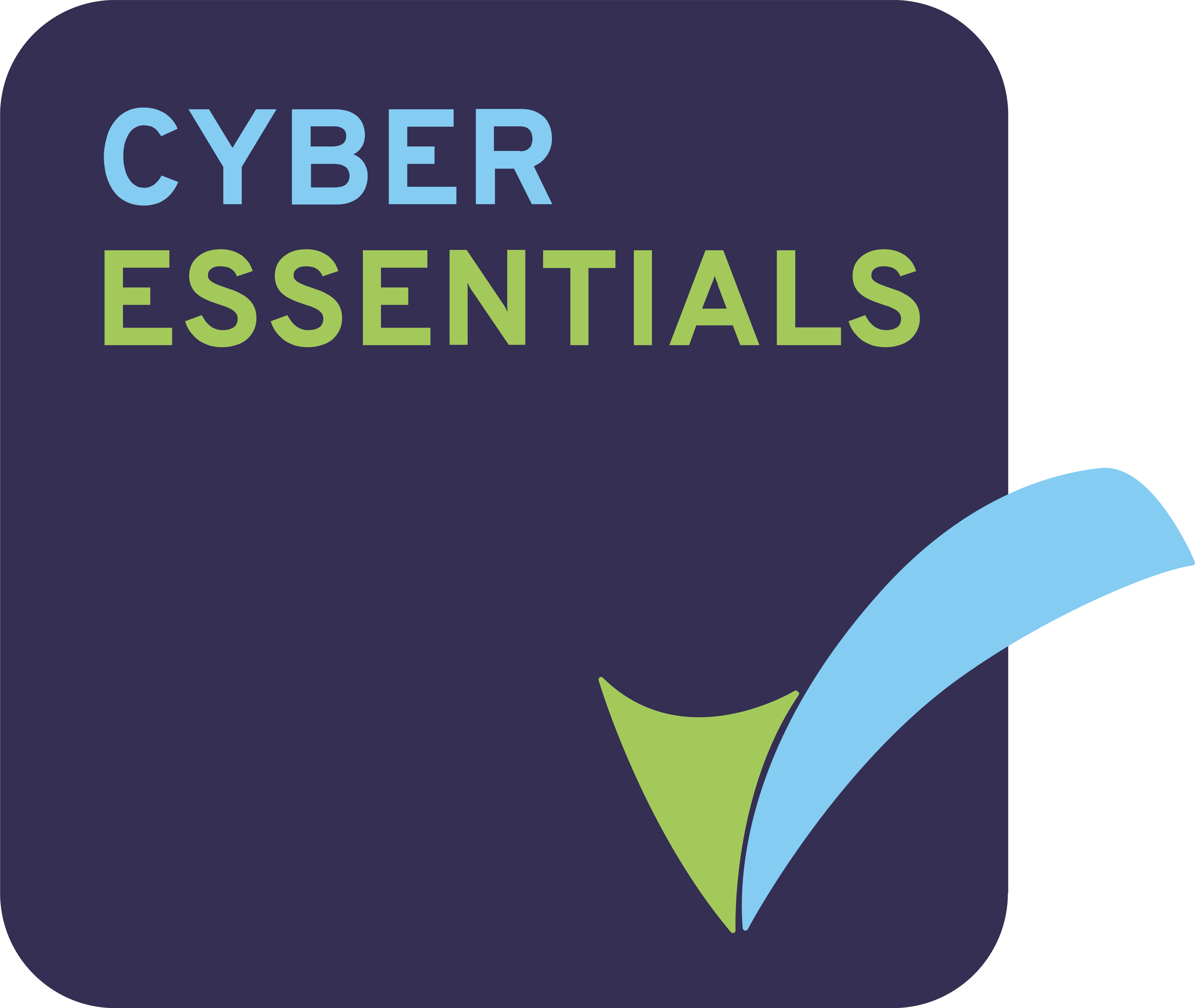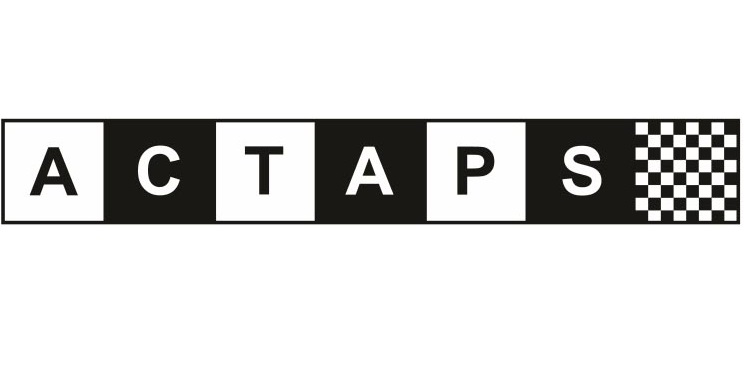Leasehold extensions for property owners
Are you the owner of freehold land on which leasehold properties are built? Or do you own a leasehold property? If so, you may need legal help in relation to a leasehold extension.
Why might you need a leasehold extension?
If you own a property on a freehold basis, you own the building and the land. If you own a home on a leasehold basis, you don’t own the land. So, in the long term your lease might expire, and the building would belong to the freeholder.
Leasehold properties with fewer than 80 years left on the lease can be difficult to sell or remortgage as many lenders will not lend against them so it is advisable to seek a lease extension before this. However, it is usually possible to extend the lease by at least 90 years and this will be added to any existing lease term. There are plans within the Leasehold and Freehold Reform Act 2024 to enable people to extend their leases by up to 990 years. Extending your lease could maintain or enhance your property’s value and ensure its saleability.
How is a leasehold extension obtained?
The leaseholder generally starts the process by approaching the freeholder to extend the lease. This can be done formally or informally.
An informal extension involves negotiating directly with the freeholder. This may be quicker but may not be legally binding and could retain unfavourable terms, such as a ground rent clause, which is no longer an option in new leases.
Obtaining a formal leasehold extension involves a statutory process under the Leasehold Reform, Housing and Urban Development Act 1993 and offers more security.
The leasehold extension process
If you are a leaseholder, you will need to take the following steps.
Obtain a valuation – hire a qualified surveyor to assess the premium for the extension. This valuation considers the property’s value, the remaining lease term, the ground rent, and the increase in property value resulting from the lease extension.
Serve a section 42 notice – this must be served on the freeholder and includes the proposed terms of the new lease.
Negotiation – after receiving the notice, the freeholder has two months to respond. Negotiations may follow to agree the terms.
Agreement and completion – once terms are agreed, a new lease is drafted, signed and registered with H M Land Registry.
The costs of obtaining a lease extension
There will be several costs to consider. They will vary depending on the property and the remaining length on the lease. You will need to factor in:
- The premium payable to the freeholder
- The surveyor’s valuation fee
- Your solicitor’s costs
- Generally, the reasonable valuation and legal fees incurred by the freeholder
- The Land Registry fee for registering the new lease.
Supporting freeholders in relation to lease extensions
Many entrepreneurs or developers own freehold land with leasehold properties on it. We regularly advise local freeholders who have been served with a Section 42 notice.
If you would like help with any aspect of a lease extension, please contact a member of our team.
How To Contact Us:
To contact a member of our team, you can fill in our online enquiry form, email info@fraserdawbarns.com, or call your nearest office below. If you’d like to speak to a member of our team at one of our offices across Norfolk and Cambridgeshire, visit our offices page.
Wisbech: 01945 461456
March: 01354 602880
King’s Lynn: 01553 666600
Ely: 01353 383483
Downham Market: 01366 383171
This article aims to supply general information, but it is not intended to constitute advice. Every effort is made to ensure that the law referred to is correct at the date of publication and to avoid any statement which may mislead. However, no duty of care is assumed to any person and no liability is accepted for any omission or inaccuracy. Always seek advice specific to your own circumstances. Fraser Dawbarns LLP is always happy to provide such advice.
Related Articles
Recommended By The Legal 500 Directory*
*We are recommended for the following practice areas: Corporate and Commercial, Debt Recovery, Employment, Personal Injury: Claimant, Agriculture and Estates, Contentious Trusts and Probate, Family, Personal Tax, Trusts and Probate & Commercial Property.
ServicesContact

